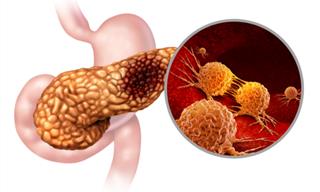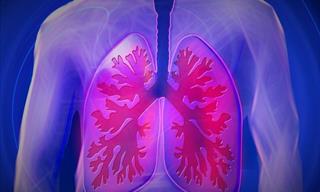Fibromyalgia is a disorder characterized by widespread musculoskeletal pain and is accompanied by fatigue, sleep, memory, and mood issues. According to the Mayo Clinic, fibromyalgia amplifies painful sensations by affecting the way your brain processes pain signals. Symptoms usually come about after a physical trauma, surgery, infection, or psychological stress. There are cases, however, where symptoms gradually accumulate over time with no single triggering event. So, what is the best way to manage fibromyalgia?
1. Exercising too much or too little
Fibromyalgia reflects an energy crisis in the body, which means that you can only exercise up to a certain point. Symptoms also extend to what is known as postexertional fatigue where you feel completely wiped out the next day. It's therefore essential that you avoid this, as it can discourage you from the moderate exercise that is vital to healing fibromyalgia.
Yet while too much exercise is not recommended, insufficient exercise results in deconditioning and may worsen your ability to function. If you feel tired, but good afterwards, and better the next day then take this as a sign that you have exercised the right amount. Where should you begin? A light walking program is an ideal place to start. You can also wear a pedometer to test your progress and try to build up your walking regime over time to 10,000 steps by adding a minute each day.
2. Not knowing your limits or when to say no
Being too agreeable to do things you don't really want to do can create major stress on your body aggravating symptoms associated with fibromyalgia. Allow yourself to say 'no' more often when what is being asked of you doesn't feel good.
3. Not listening to your body when you are in pain
One of the most dominant symptoms associated with fibromyalgia is widespread muscular pain. Whenever you feel pain remember that it is your body's protective system signaling for your attention. Instead of 'playing it through' learn how to manage fibromyalgia-related pain using a comprehensive approach. Here are some techniques you should try.
4. Eating too much sugar
Excessive sugar, especially the type found in sodas or fruit juices can severely aggravate symptoms associated with fibromyalgia, worsening adrenal exhaustion and Candida/yeast overgrowth.
Opt for a high-protein diet instead and substitute stevia or saccharin for sugar instead. Sugar-free ice cream with splenda and sugar-free chocolates with maltitol are a suitable substitute, though only in small amounts. Dark chocolate, however, is a good substitute to have and can actually improve fibromyalgia and chronic fatigue syndrome.
5. Not getting enough sleep
While it may seem counter-intuitive, people with fatigue-related illnesses, like fibromyalgia, often do not get enough sleep. Getting eight to nine hours of good quality deep sleep each night is critical to eliminating fatigue and pain. This helpful herbal guide will ensure that you get the sleep you need.
 Go to BabaMail
Go to BabaMail



























